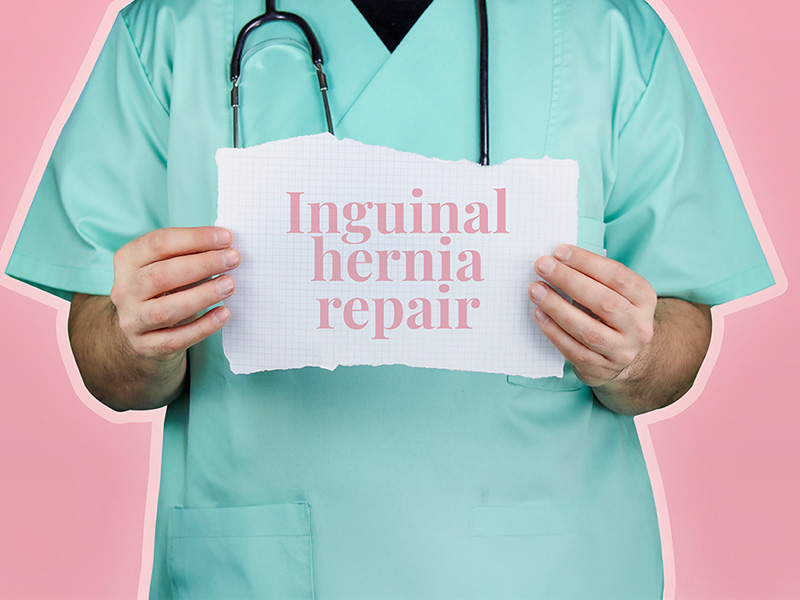
Hernias form when internal organs and tissue push through a weak spot in your muscle wall. But what causes the weak spot to form in the first place? And what should you do about it?
As hernia repair specialists, our team at the Center for Minimally Invasive and Robotic Surgery gets these questions a lot. And we’re here to help you find answers.
Rachel Alt, MD, Brian Prebil, DO, and Jarvis Walters, DO, have experience diagnosing and treating a variety of hernias. Read on to learn more about the common causes of hernias and how to get the treatment you need.
Common hernia causes
A strong band of muscle and connective tissue (fascia) wraps around your abdomen and groin, holding your internal organs in place. Sometimes, a weak spot develops in the muscle wall, and pressure from inside makes organs or tissue poke through, creating a hernia.
So what caused your hernia? Some possible causes are:
Anatomy
Inguinal hernias are by far the most common type of hernia. They develop when your intestines push through your abdominal wall or the inguinal canal in your groin.
Anyone can get an inguinal hernia, but they’re 10 times more common in men because of male reproductive anatomy. The area where the testicle passes through the lower abdominal muscle wall creates a weak spot that’s easily reopened, forming a hernia.
Abdominal strain
Another possible cause of a hernia is repetitive abdominal strain. Activities that put pressure on your abdomen can weaken your muscles over time, eventually leading to a hernia.
Some examples include lifting heavy objects without proper support, straining to use the toilet, or even persistent coughing.
Age
Your abdominal wall naturally weakens with age, increasing your risk of hiatal hernia. In fact, most people with hiatal hernias are over age 50. These hernias form when your upper stomach pushes through your diaphragm at the top of your abdomen.
Pregnancy
Pregnancy puts significant strain on the abdomen, and it stretches the fascia and muscle wall that provide stability. Pregnant women are more likely to develop femoral hernias, and women who have had several children are more likely to develop umbilical hernias.
Previous abdominal surgery
Incisional hernias form near the site of a surgical incision. Abdominal surgery incisions can create weak spots in your muscle wall, and the intestines may begin pushing through. Incisional hernias are most common in people who are older or who carry extra weight in their abdomens.
Weight
Your body weight may also contribute to hernia development. Weight challenges increase pressure on your abdominal wall, which can increase your risk of ventral hernias and incisional hernias — especially if you have other hernia risk factors.
What to do about your hernia
If you think you have a hernia, schedule an appointment at the Center for Minimally Invasive and Robotic Surgery. We perform a physical exam and review your symptoms to find a treatment plan for you.
Hernias don’t heal on their own. However, mild hernias that don’t cause pain or other symptoms don’t always need treatment. We may recommend watchful waiting and lifestyle changes in these cases.
Severe or painful hernias usually require surgery. We specialize in robot-assisted hernia surgery, which is a safe and effective way to repair your hernia and reinforce your abdominal wall.
Wondering if you have a hernia? Find answers to your questions at the Center for Minimally Invasive and Robotic Surgery. Call our Peoria, Arizona, office at 623-201-8277 or send us a message online to get started.
Search Posts...
Recent Posts...
